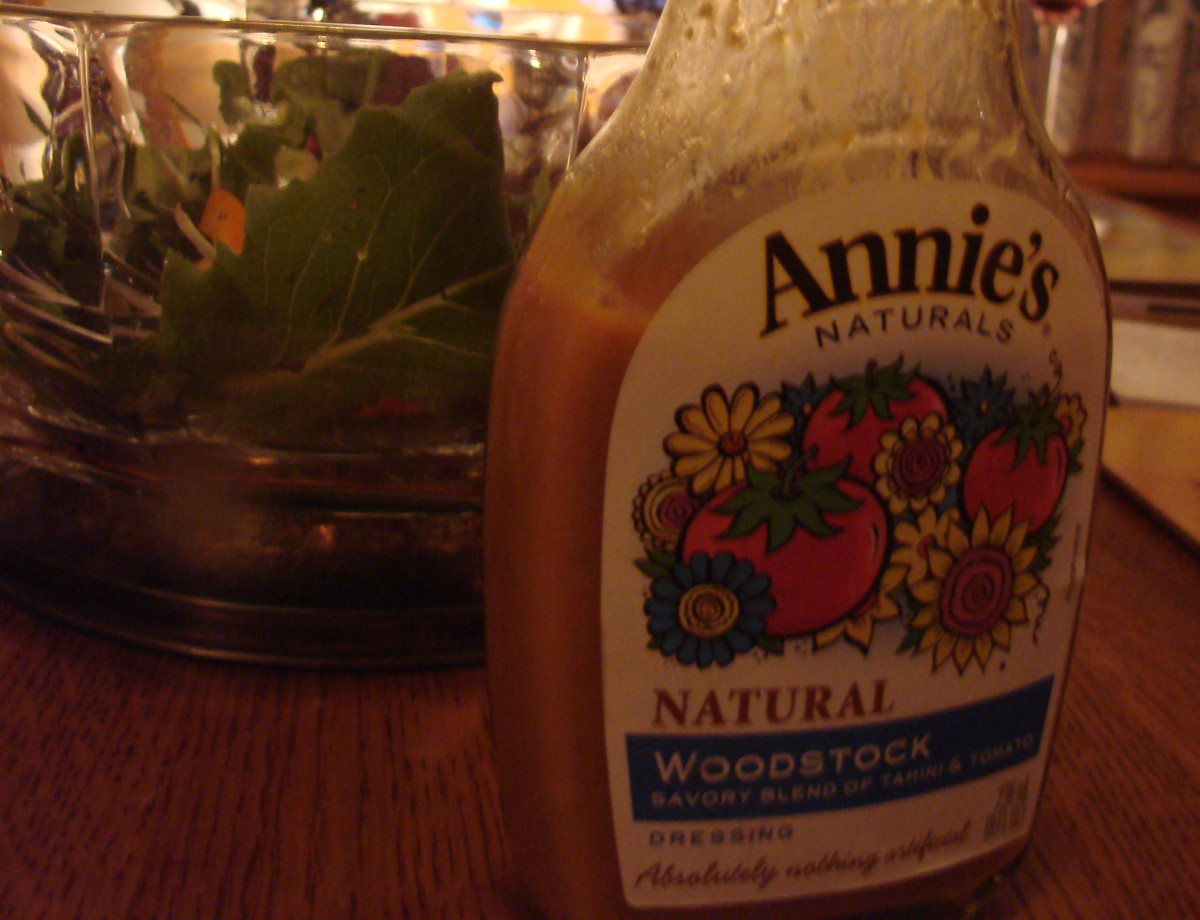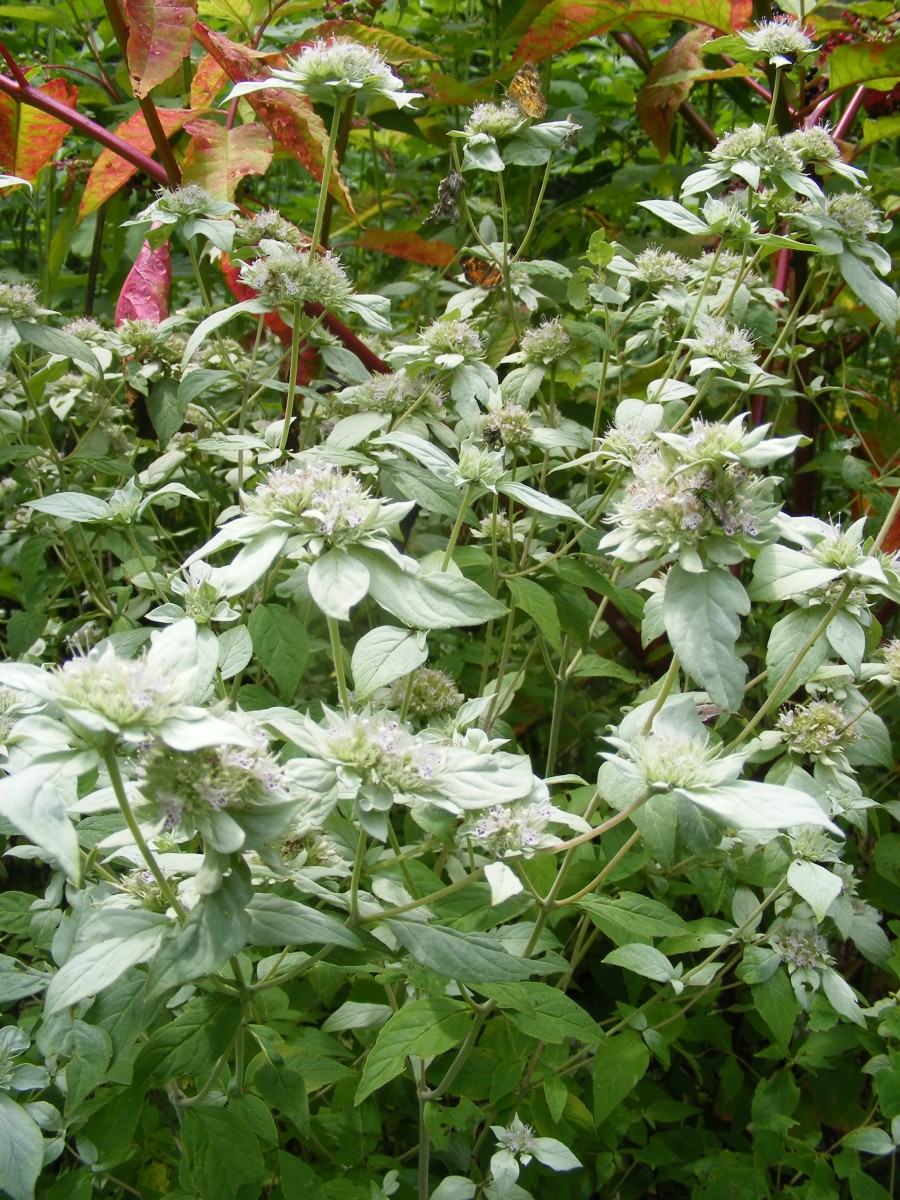- HubPages»
- Home and Garden»
- Gardening»
- Organic Gardening
How to harvest and store sweet potatoes
Extending sweet potato storage
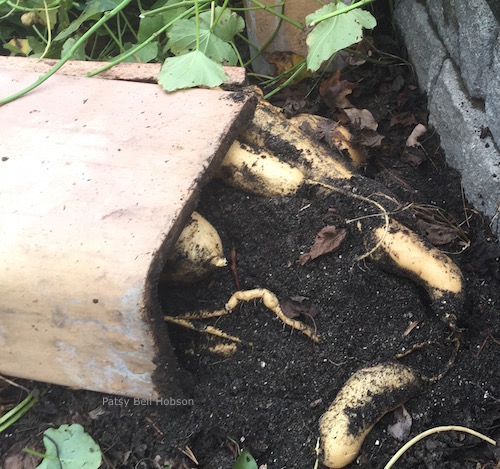
Harvesting Sweet Potatoes
When and how to dig Sweet Potatoes
Sweet potatoes, Ipomoea batatas, can be harvested while vines are still green, gently dig one of the plants to see if the potatoes have reached a desirable size for eating. Otherwise, wait until the leaves just start to yellow. Another option is to wait until the vines killed by frost.
Remove the potatoes from the soil that day or the next. If sweet potatoes remain in the soil, they are at risk for rot and disease.
Loosen the soil and gently lift the sweet potatoes from the ground. Keep potatoes in the garden, in the sun for 8 hours. Carefully move to an area for curing.
Avoid scraping or breaking, do not toss newly dug sweet potatoes into a pile. Striking the roots with harvesting equipment or dropping them into containers bruises that tender skin. They require a warm, humid period with good air circulation.
The secret to big sweet potatoes
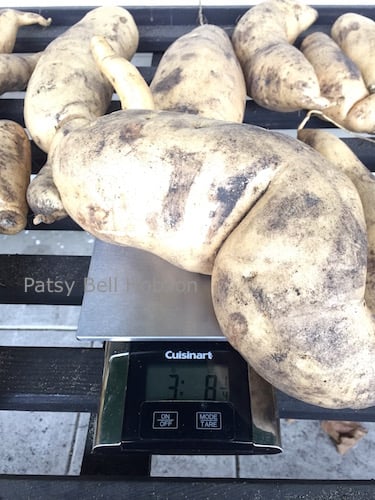
How to cure and store sweet potatoes
For best storage, sweet potatoes should be cured after the brief sun drying. Curing helps heal light surface wounds and toughens the skin. Placing the sweet potatoes in a steady temperature of 80 to 85 degrees, for a week to ten days, does curing.
Do not skip the curing process. Without curing, the sweet potatoes will rot and shrivel up from moisture loss. Curing seals in moisture and heals small scrapes.
It also activates the enzymes that convert the starch to malt sugar. Freshly harvested potatoes are not naturally sweet. Curing sweetens the potato.
This process will prevent moisture loss from the sweet potato. Curing will stabilize these tubers in storage for 6 to 8 months following the curing procedure.
The warmer the curing temperature, the shorter the cure. The process takes 5 to 7 days at 85 to 90 degrees and 80 to 90% humidity. If the temperature drops even 5 to 10 degrees, curing time doubles.
How can you keep the temperature at 85 degrees and prevent moisture loss?
Consider how to create a mini controlled environment with a heat source. Build a pup tent out of tarps/blankets. Use a little space heater and contain moisture wrapping in newspaper or paper bags in a cardboard box.
For a longer, 3 to 4 weeks, curing time: Bag sweet potato roots in doubled paper bags in the warm (75+ degrees), moist (75% humidity) area such as a bathroom. Heavy or double paper bags will allow the sweet potatoes to “breath” and curing gases to escape.
I simply spread them out in the green house for a month. They are not touching, allowing for good air circulation.
After curing, the sweet potatoes can be stored for the winter in crates or baskets.
Do you eat sweet potatoes?
Do you eat the leaves and the tubers?
Slip into a cabin fever cure
It's time to put the jar with the sweet potato in the kitchen window
Sprout your own home grown sweet potatoes or order slips. Grocery store sweet potatoes are treated with a spray to discourage sprouting. It's best to begin the growing cycle with certified slips from a reliable provider*
Sweet potatoes are grown from “slips,” the sprouts or shoots that are used for planting. If you have homegrown sweet potatoes, you can produce double the sprout or slips. Wait until the soil temperature is consistently above 70 degrees.
Sweet potatoes need warmth and full sun. Do not attempt to plant in cool soil or if there is a slight chance of frost.
Potatoes will grow in most garden soils or large containers. The perfect soil is light, sandy, slightly acidic soil. Heavy clay soil results in smaller, knobby potatoes.
Before planting slips, work organic matter into the soil. Plant slips so just the very top leaves are above the soil. Too much fertilizer will encourage more foliage and less root mass.
Keep slips well watered for the first two weeks. After sweet potato plants are well established, they tend to be drought tolerant. Wet soil will invite disease and rot. Good drainage is essential.
Creamy white sweet potatoes
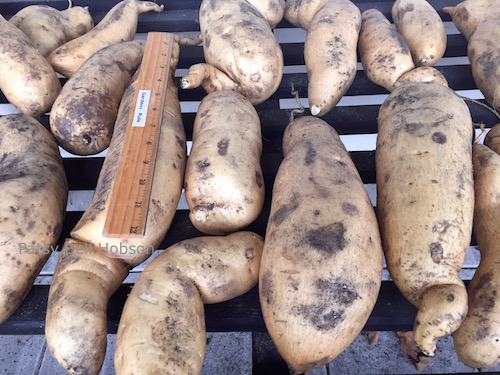
Where will you grow sweet potatoes?
Terra Cotta chimney tile flue
| Hilled and in garden rows
|
|---|---|
Flues were free and easily manuverable.
| The way grandma did.
|
Tiles retain moisture and drains quickly and easily
| Traditinal methods are the family way.
|
I probably wouldn't bother with this method if I had to buy new pricey tiles.
| No extras required
|
Adding sand and other organic matter will ensure light, healthy soil to grow the biggest Sweet 'Taters. Hold off on the fertilizer, or you will get more greenery and fewer potatoes.
Chimney tile planters

My odd container garden
This year I grew sweet potatoes in old chimney flue tiles.
‘O’ Henry’: (95 days) white-skinned with sweet, white flesh.
We grew ‘O’ Henry’ sweet potatoes in old chimney flue tiles placed around the outside of the garden.
Three of the old tiles were cracked when we planted the sweet potato slips last spring. The potatoes were so packed inside the Terra-cotta tiles that they broke when we harvested to potatoes.
The ‘O’ Henry’ is white-skinned with sweet, creamy flesh. If you always buy orange colored sweet potatoes, try these.
Green smoothie bonus
The sweet potato leaves or greens can be substituted for chard or kale is recipes or smoothies. The sweet potato leaves contain less Oxalic acid than spinach and kale. Without oxalic acid, foods such as spinach and kale would have a much higher, bio-available calcium content like sweet potato leaves.
Sweet potato, not just for looks.
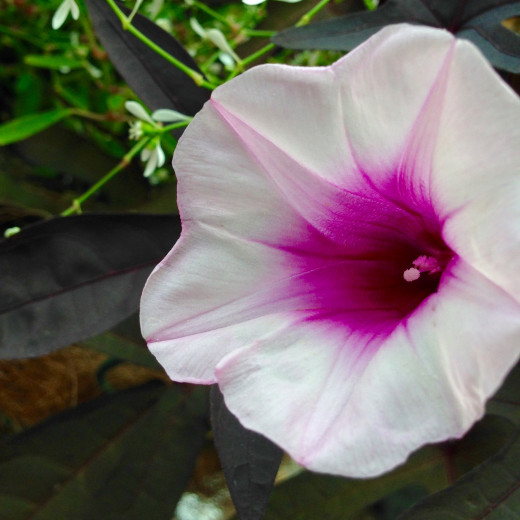
Sweet Potatoes are Super Food
- Double the nutrition deal with two foods from one vegetable plant.
Sweet potato roots are a good source of fiber and complex carbohydrates. They are loaded with vitamin A, C, B6 and E, as well as potassium and beta-carotene.
Sweet potato plants are also tasty and nutritious. As your sweet potatoes plants grow, harvest some of the leaves and eat like spinach. According to HortScience journal, the leaves have 3 times more vitamin B6, 5 times more vitamin C, and almost 10 times more riboflavin than the sweet potatoes.



